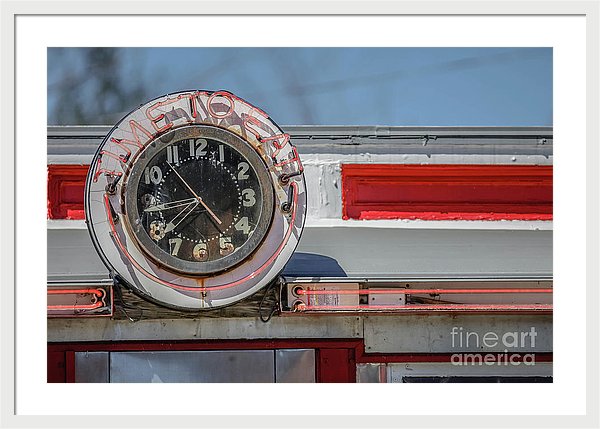Above: “Time To Eat” by Edward M. Fielding
The other day a fellow artist asked the question if they should concentrate on a niche or create all kinds of different work.
Artists of all kinds from photographers to painters ask this question of themselves as they start out. Basically what should paint or photograph.
Progression and growth as an artist will hopefully reach the point at which the artist finds a subject they are interested in enough to explore further. A deep dive into the subject or concept, if it were.
A shotgun approach of trying various niches or genres is fine as one explores and works on their skills but at some point, a subject will emerge in which an artist vs a follower, will discover a subject in which they truly enjoy examining in detail. And hopefully, the art buying public will join them on this exploration.
Should I be a generalist or a specialist?
I’m guessing this is why the artist asked the question in the first place. They wanted to know which approach would sell the most art or photography. Trying to cover everything or concentrating on a single niche.
Being a generalist will only get one so far as the buying public wants to label the artist with something more specific – landscape artist, portrait artist, watercolorist, printmaker, food photographer, wedding photographer, landscape photographer, etc.
Exploring a niche also allows one to focus their marketing on a niche. Say a dog photographer, they can find dog lovers via dog magazines, dog clubs, dog TV shows, dog forums, pet stores etc.
The niche allows the artist to find the buyer and the buyers to find the artists. The niche also allows the press to latch on to an “angle” for an article and to place the article about the artist in the right type of publication.
A niche also allows galleries and museums to group the artist’s work with other art dealing with the same subjects – portraits in the portrait gallery, landscapes in the landscape gallery, art dealing with depression in a show about depression etc.
Art Careers Build Upon Themes
Rather than thinking about being locked into a certain theme or niche, successful career artists build a body of work in which each series builds on the next.
When you look back on a successful artist’s career, you can trace the evolution of a overall theme from one series to the next. Which is why artists tend to work in series. They explore an idea, create a body of work around that career – hopefully show and sell the work and then start another series that explores the ideas in a different way or builds on the previous work.
Discovering Themes in Your Art
When one first starts out painting or photographing, their work may not have any themes. They are just copying or being expired by the artists that have come before.
It might take years before a niche emerges. Some artist will never discover a unique perceptive or theme in their work and their work will remain in the general decor status.
A formally trained artist with an art school background is trained to explore ideas, concepts and to think deeply about how their work fits into the overall art world and their time in art history. They studied what came before and the current themes are in the art world.
Coming from outside of formal training, the self-made artist might have a more difficult time discovering themes within their work, even if they emerge organically. They may need outsiders to point out the themes in their work. “I see you like to explore the ideas of family in your work” or “Your work seems to deal with the ideas of decay and death” or something that perhaps only someone coming from the outside can see as you are too close to your own work.
Perhaps if one did a thought experiment. After creating a decent sized body of work over time, look at your work and try to pick out a group of 20 images that share a common bond. If you were granted the opportunity to show your work in a book or in a gallery show or you were invited to give a talk about your work, which images would you pull together?
This is the basis for your overarching theme.
